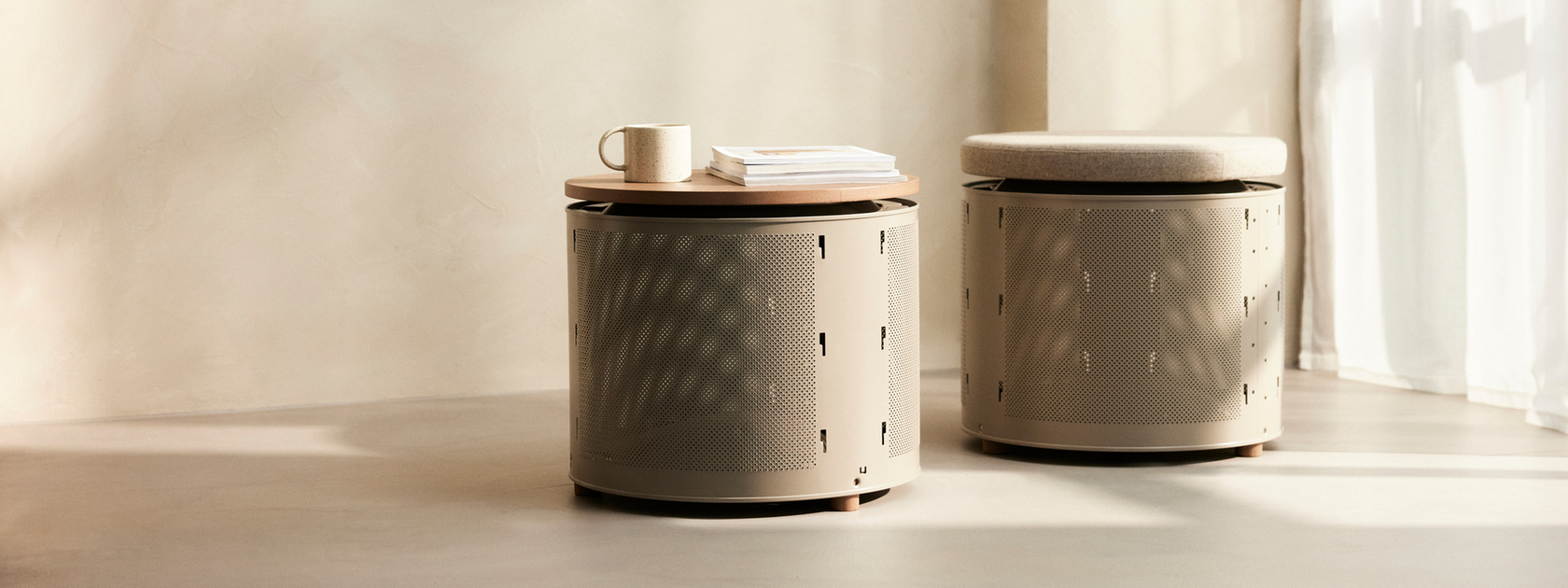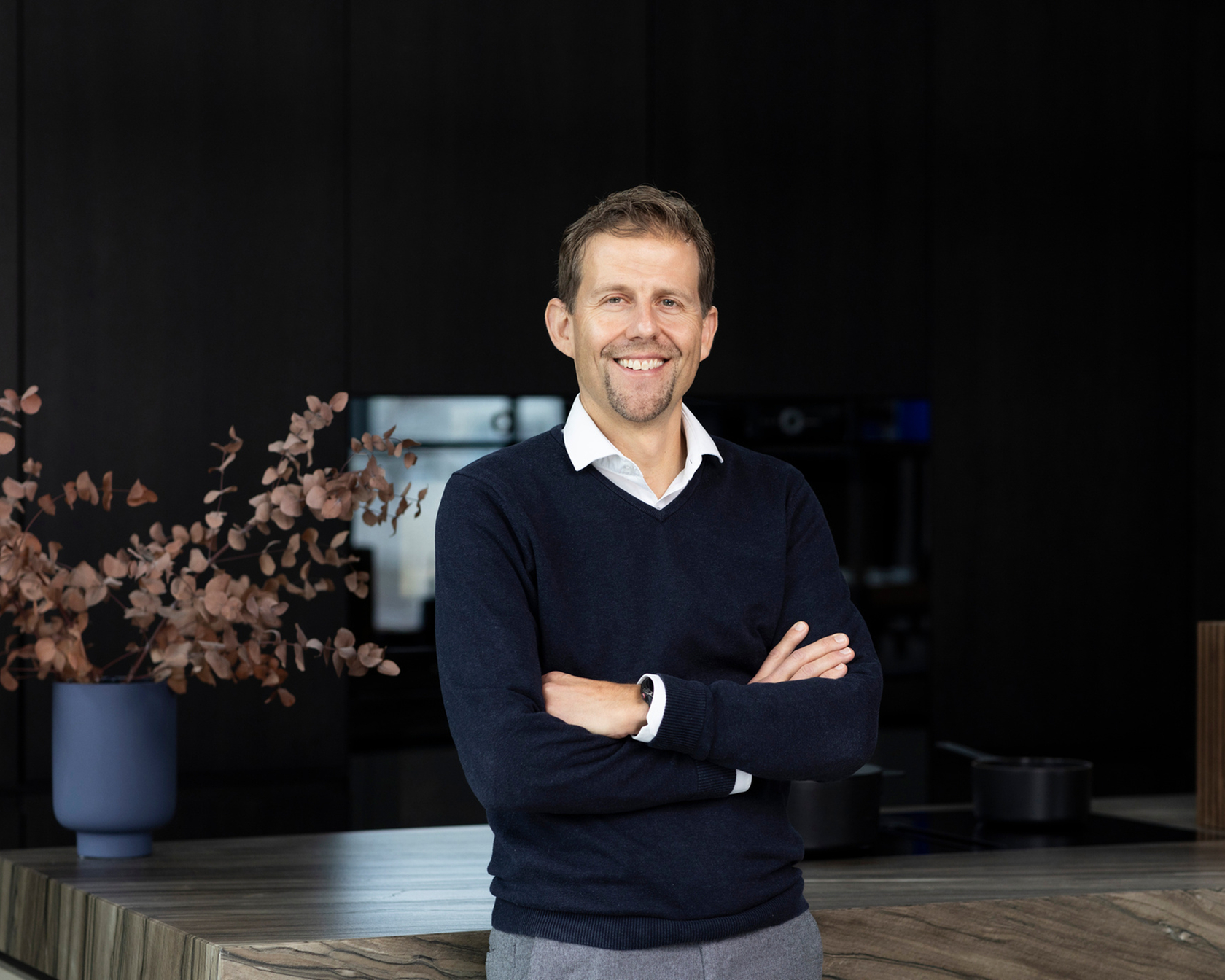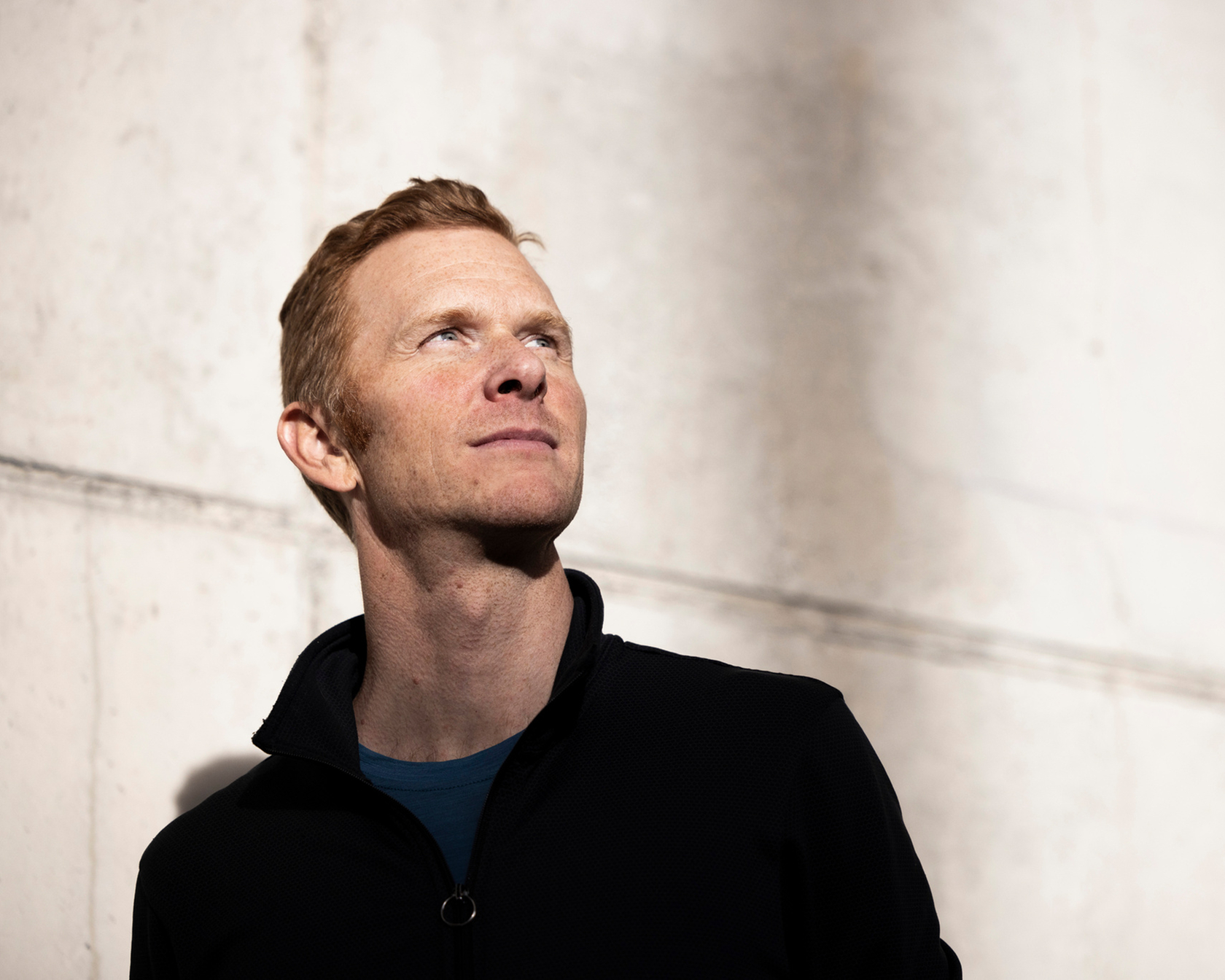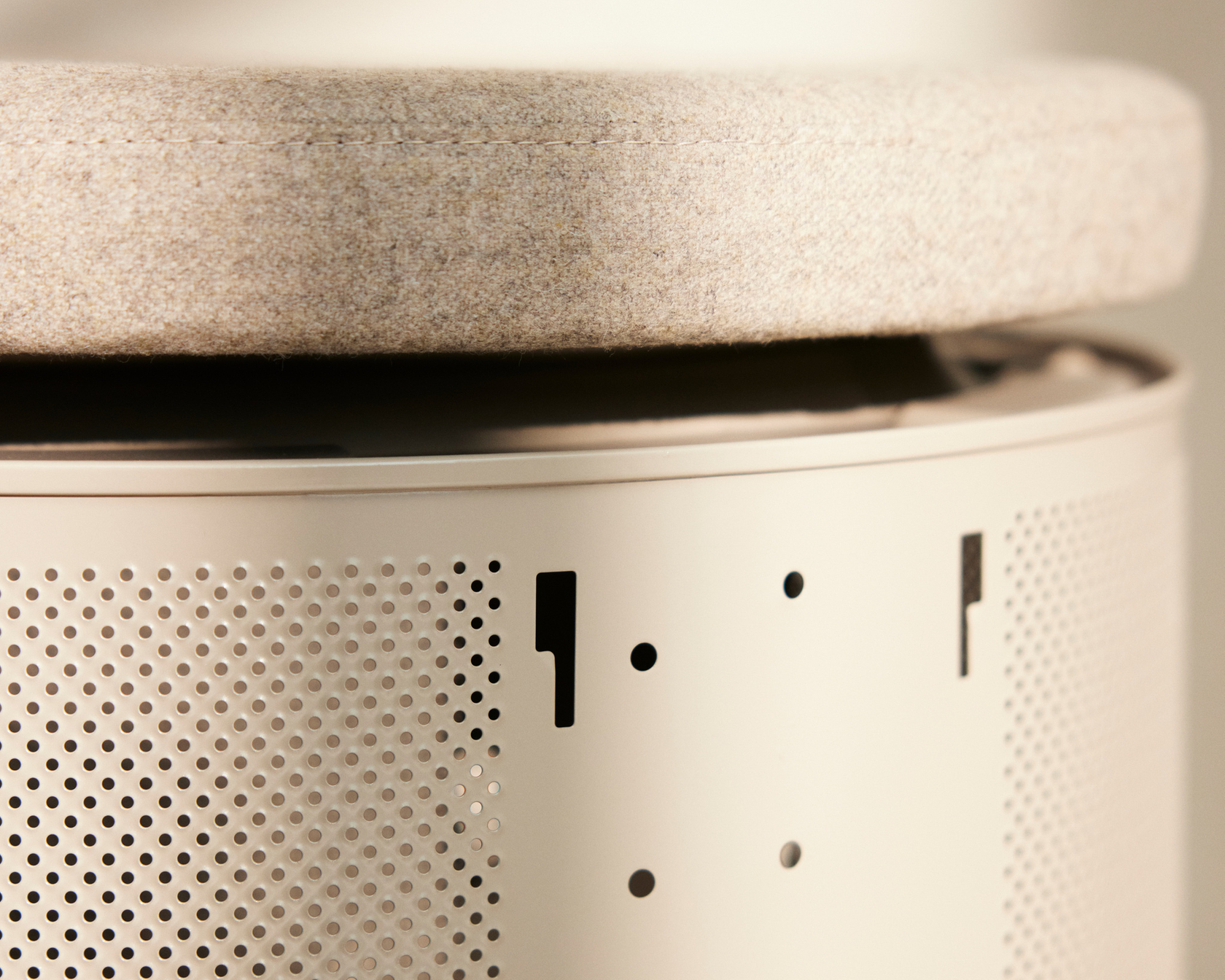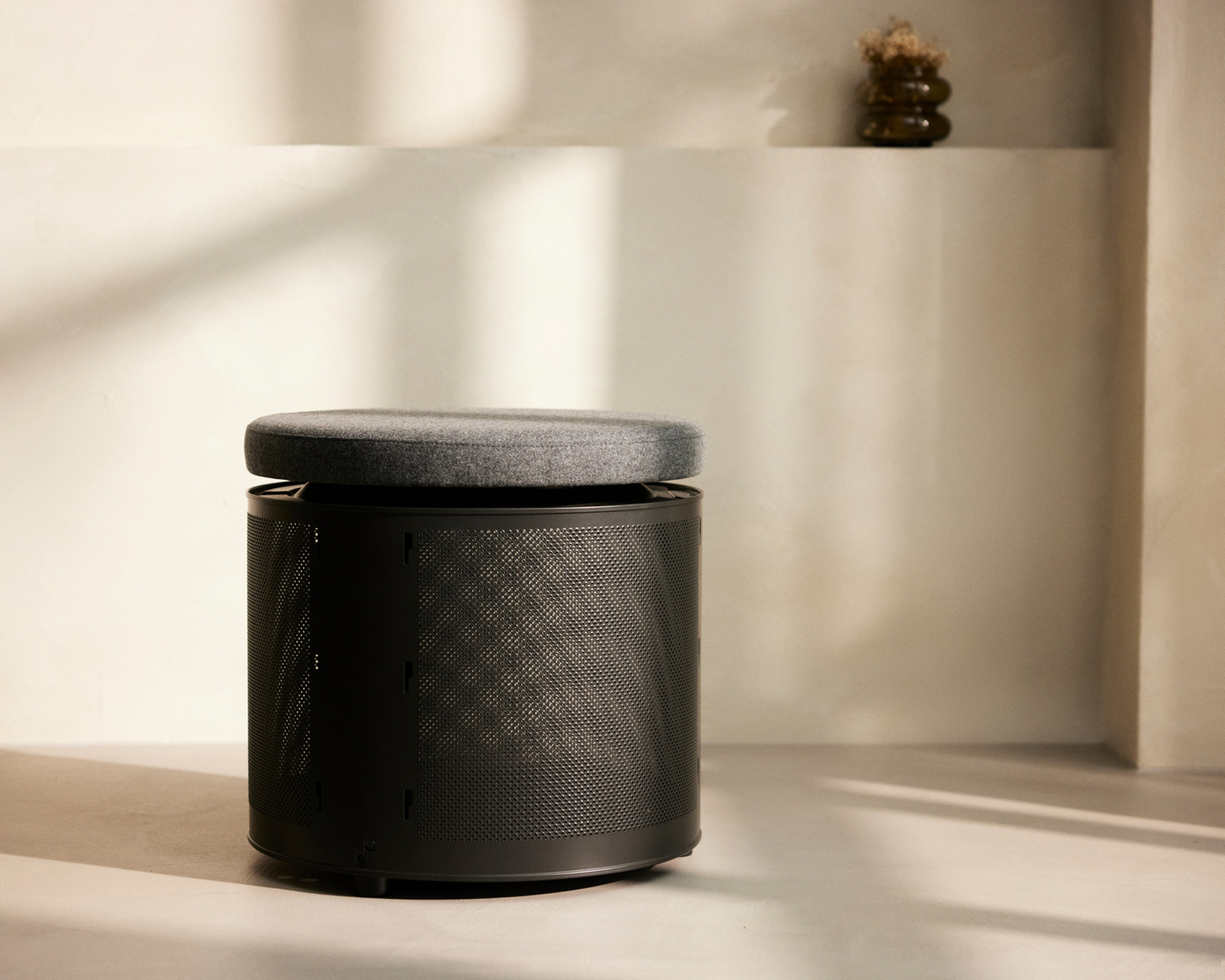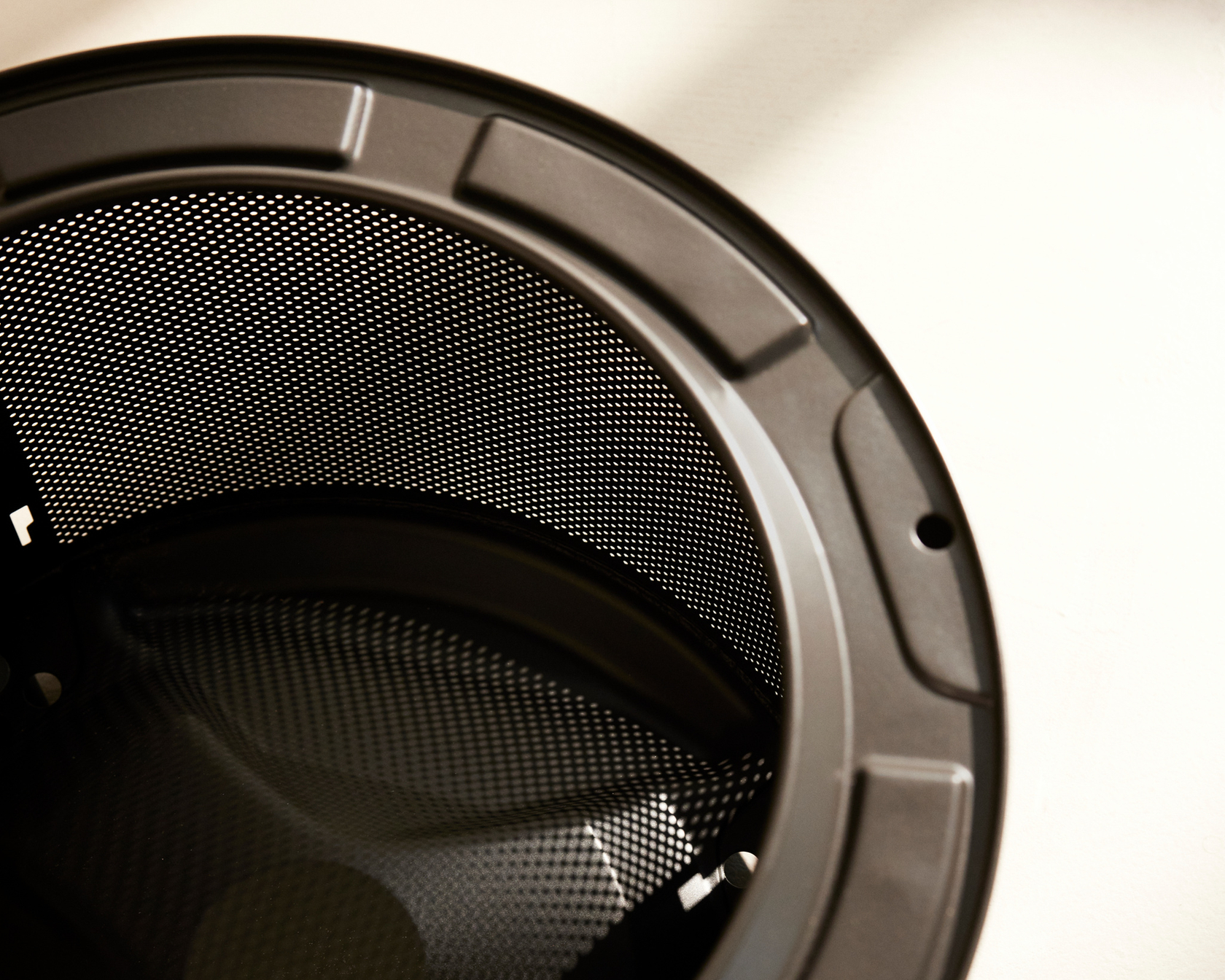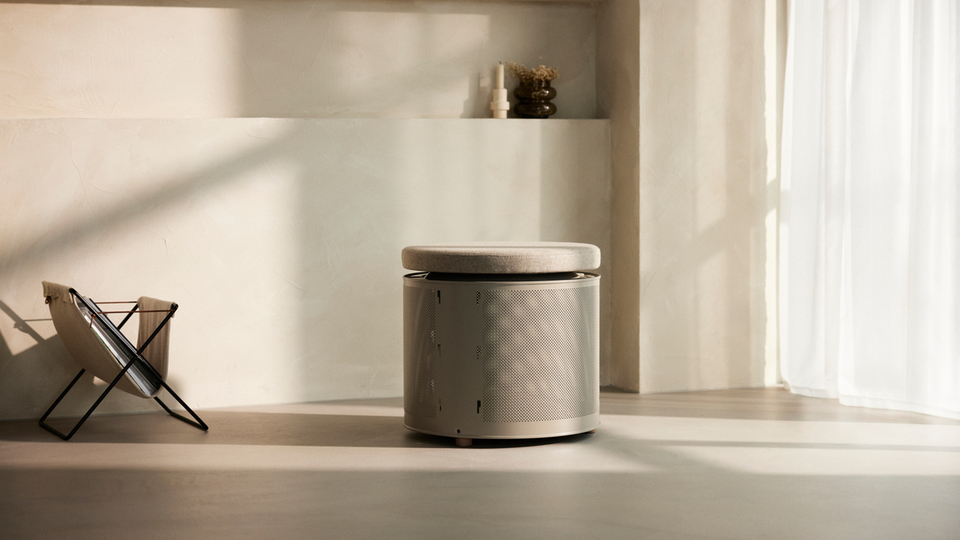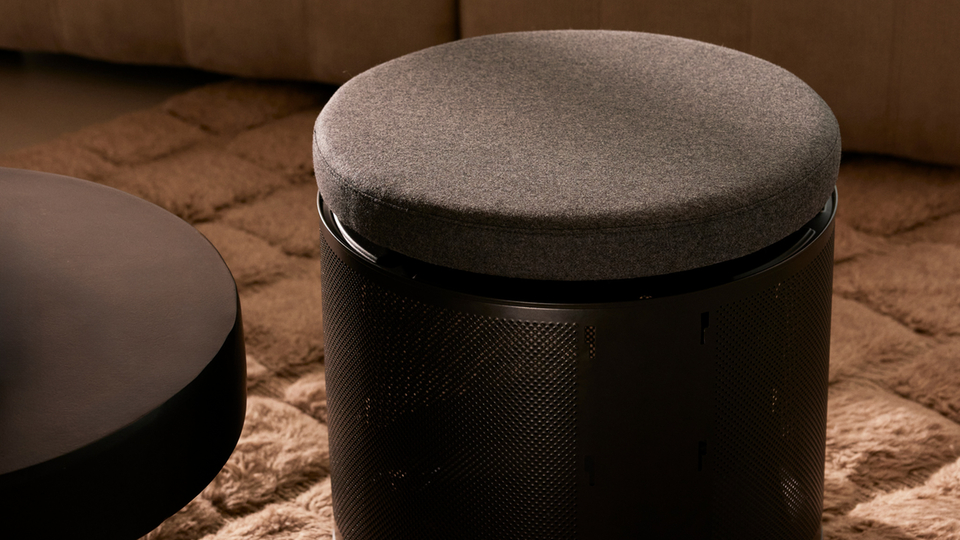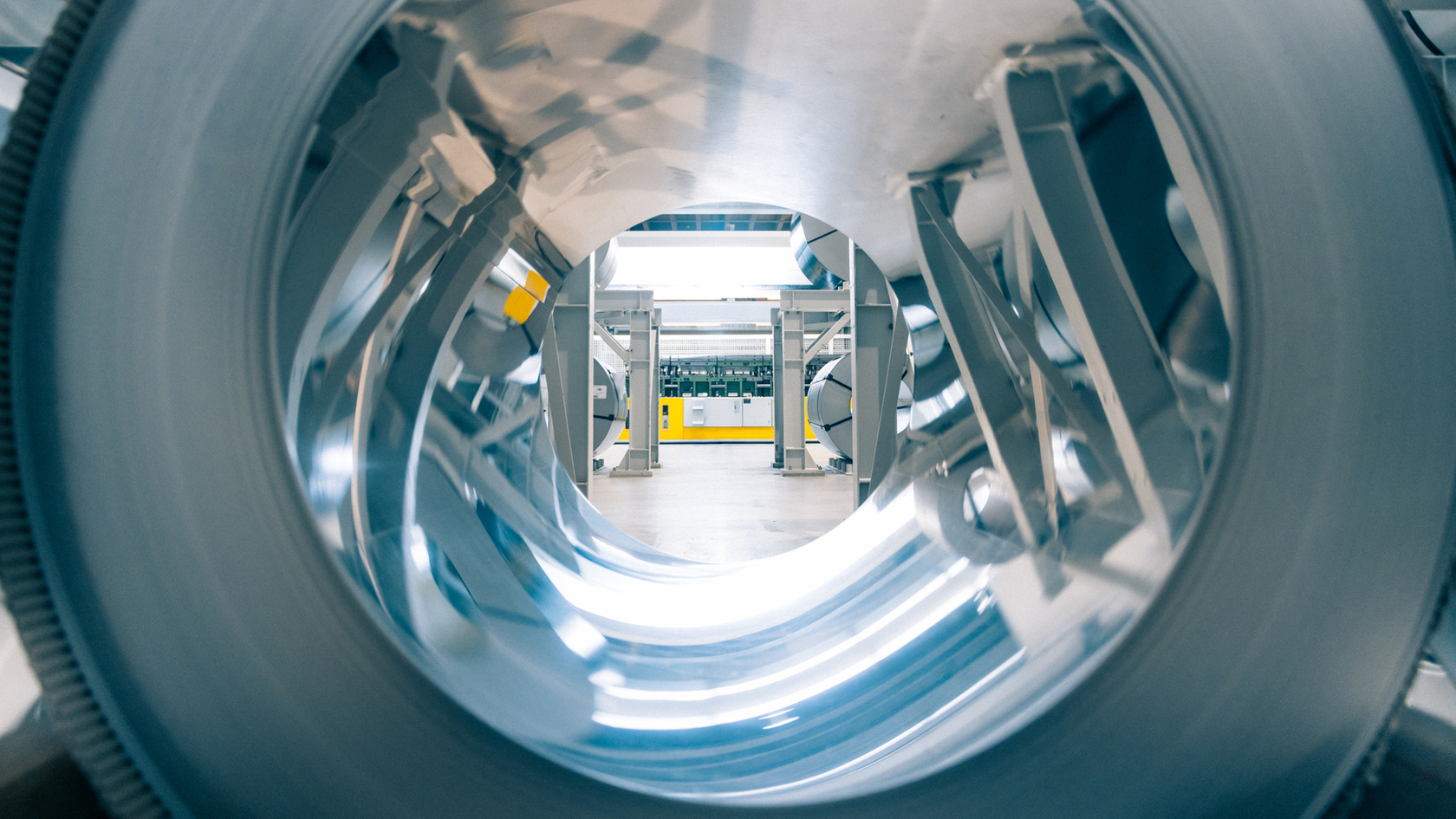Let’s start with the idea of “closing the circle” – a central concept in V-ZUG’s sustainability vision. What does it mean, and how does it shape both the company’s long-term strategy and daily decisions?
Marcel Niederberger (MN): V-ZUG’s sustainability vision is shaped by two main challenges. The first is energy efficiency: we’re an appliance manufacturer, and our products will consume electricity for years. The second is material intensity: resources are scarce, and yet we rely heavily on materials like plastics, metals and electronics. That’s why, some years ago, we moved from a linear to a circular economy model, and “closing the circle” became our guiding vision. It means handling resources differently. Today, we mainly use virgin materials to produce an appliance that will be used for ten, fifteen or twenty years, and then sent for recycling. This often results in downcycling, a process that destroys value. Circular economy takes a different route: instead of shredding, we started to dismantle appliances into specific material streams, retaining much more of their value. In the long run, this makes us more resilient and less dependent in our supply chain.
Recycling and upcycling are increasingly common in the industry. In what ways does V-ZUG’s approach go further?
MN: We often say we live in a recycling economy – and in some places, like Switzerland, that’s certainly true. Here, close to 100% of household appliances are recycled at the end of their life. But if we look globally, the situation is very different. In Asia, for example, recycling rates for household appliances are just 12%, and in Europe they’re closer to 50%. So yes, recycling is a good starting point, but we believe circular economy can take things further, because it keeps resources in the loop for as long as possible and at the highest possible value. We’ve developed a circular strategy looking ahead to 2040, based on the “R-strategies”: minimising resource use, recycling waste, and promoting refurbishment, repair and repurposing of products and parts. At the top of the hierarchy is repair. The idea is that if a product breaks, it should first be repaired. If that’s not possible and it returns to our warehouse, we would then explore refurbishment and resale. If refurbishment isn’t an option, the appliance would be dismantled and – ideally –some of its parts reused. One step further down is recircling, closing the material loop by returning components to our suppliers. And finally, beyond recycling, there’s repurposing – that’s what we’re talking about now. Of course, we’re still at the beginning. The journey is long, but we’re fully committed and have already taken the first steps.
